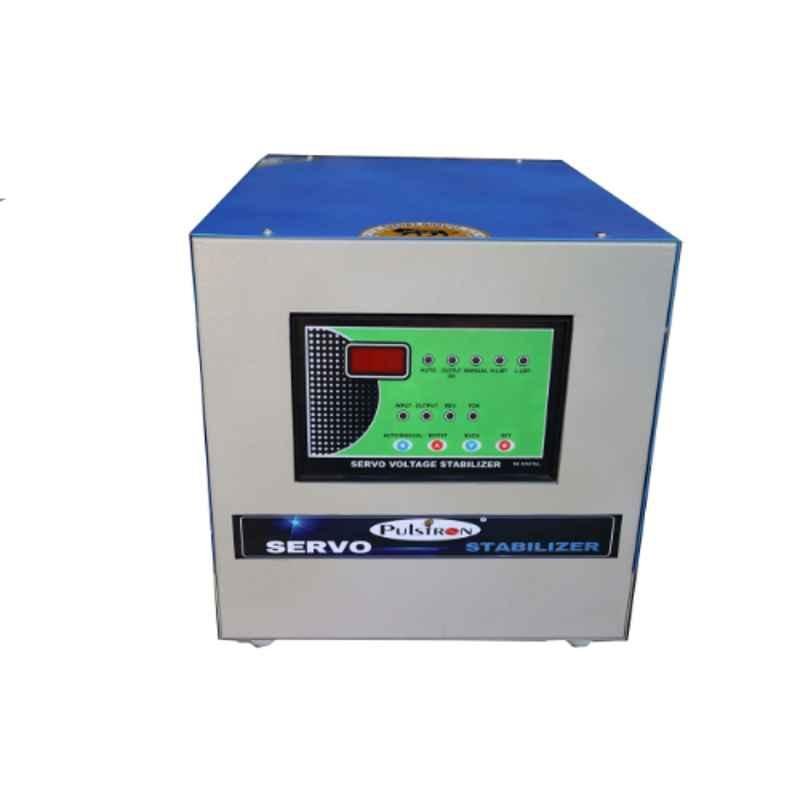
Single-phase UPS solutions are designed to provide distributed or centralised protection against voltage fluctuations and power outages. They can therefore be used to prevent load shutdowns or energy blackouts lasting several minutes that could otherwise cause significant damage to ongoing operations. These single-phase UPS are suitable for many uses including small offices, home offices, game consoles and workstations, ATMs and shops, offices, SMEs, server rooms, infrastructure and light industrial applications.
Specifications for single phase UPSs include volt-amp rating, watt rating, and input voltage range.
The volt-amp (VA) rating is the maximum of volts multiplied by the number of amperes (amps) that a unit can deliver. Note that the VA rating is not the same as the equipments power drain, which is measured in watts (W).
The volt-amp (VA) rating is the maximum of volts multiplied by the number of amperes (amps) that a unit can deliver. Note that the VA rating is not the same as the equipments power drain, which is measured in watts (W).
The input voltage range, the precise identification of the electrical system, is critical to the proper selection of single phase UPSs.
Types
There are several different unit types for single phase UPSs. Choices include:
. online or double conversion
. line-interactive
. hybrid or ferroresonant
. off-line or standby
Parameters to consider when specifying single phase UPSs include:
. performance features
. interfaces
. surge suppress ion options
. general features
. environmental operating conditions
Performance features for single phase UPSs include self-diagnostics, automatic shutdown, automated saving, and application software. Interface choices include serial, parallel, digital, modem, Ethernet, and PC card. Surge suppression options include UL 1449 rated surge protection, rated AC energy absorption, and maximum surge current.
